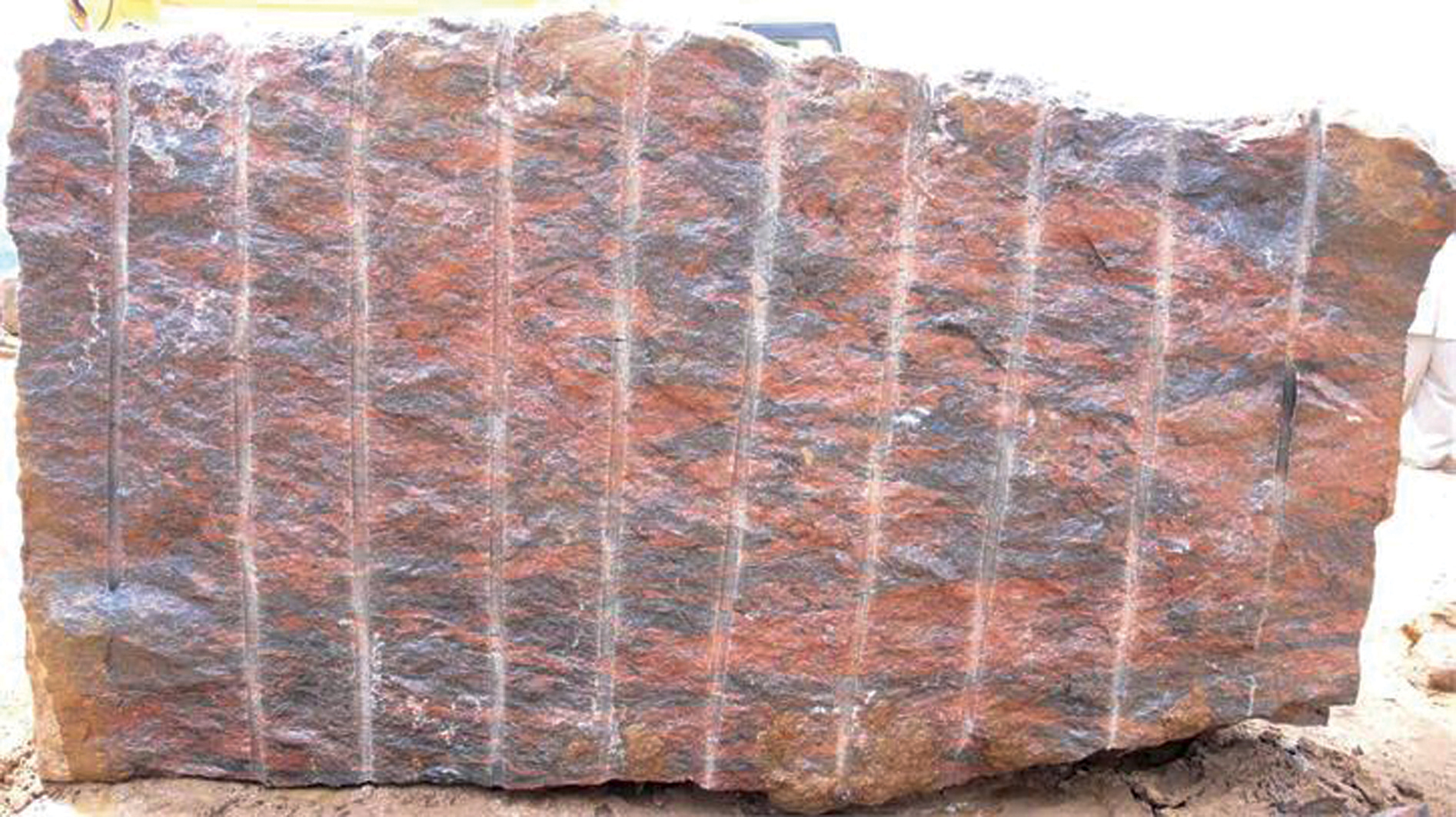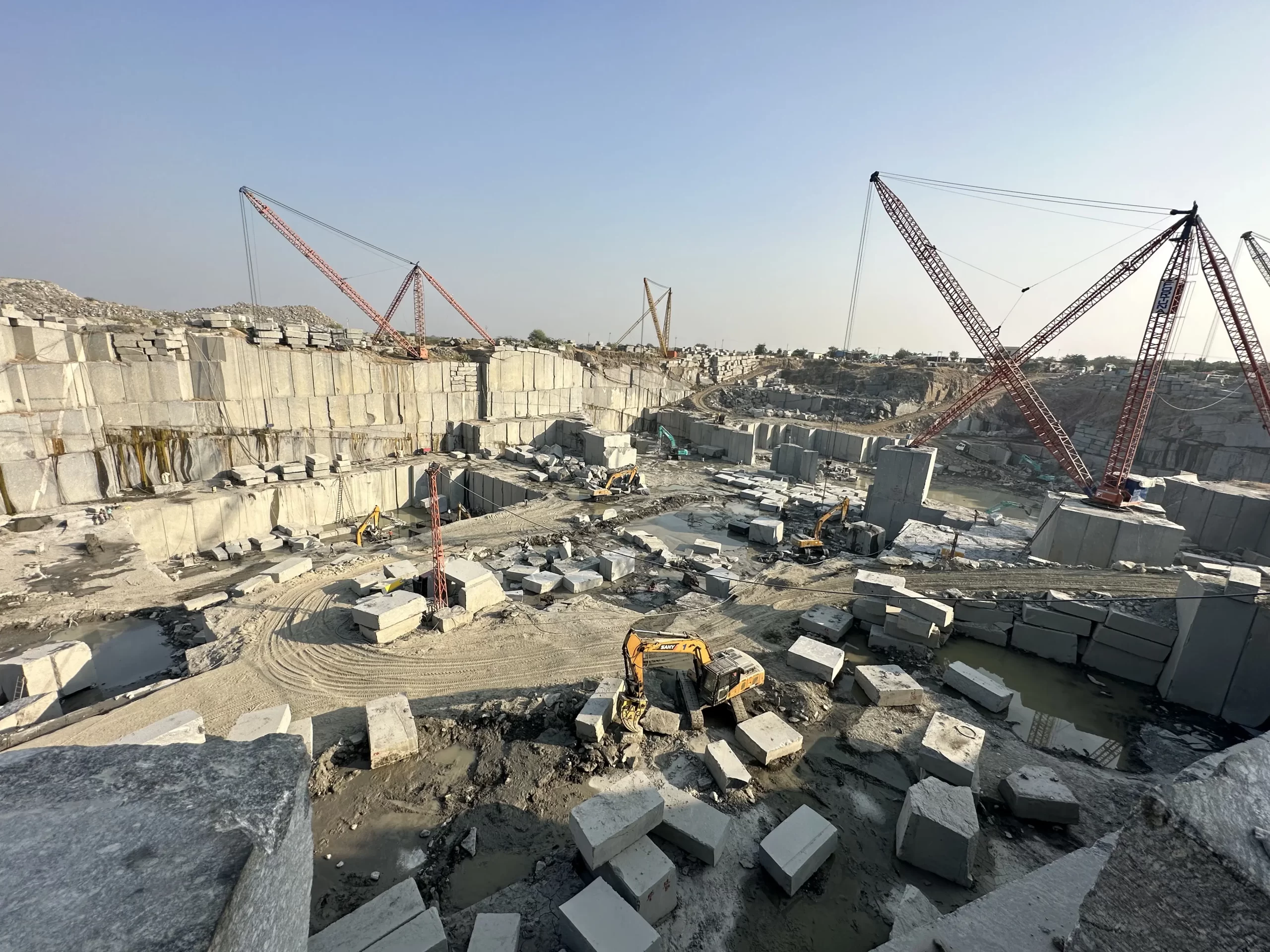Opening Natural Prizes: Granite Quarries in South Africa Introduced
Opening Natural Prizes: Granite Quarries in South Africa Introduced
Blog Article
Unearthing the Rich History and Lasting Practices of Granite Quarrying
As we stand on the precipice of discovering the intricate tapestry of granite quarrying, a journey via time exposes not just the physical act of extracting stone yet also the social and historical relevance woven into the extremely fabric of this technique. From the old origins that laid the foundation for contemporary quarrying techniques to the sustainable methods that are forming the future of this sector, each sculpt mark on granite surfaces narrates waiting to be uncovered (granite quarries in south africa). The legacy of granite quarrying stretches far past plain extraction; it is a testament to human resourcefulness, strength, and the enduring allure of this marvelous stone
Ancient Beginnings of Granite Quarrying
Dating back to ancient worlds, the practice of quarrying granite has actually been an integral component of human history and building improvement. The earliest proof of granite quarrying dates back to ancient Egypt, where huge pyramids and detailed sculptures were crafted from this long lasting rock. The Egyptians used primitive tools to remove granite blocks from quarries, showcasing the significance of this product in their monumental building and constructions.
Relocating ahead in background, the Greeks likewise made considerable contributions to the quarrying of granite. The Greeks made use of granite in different building wonders, such as holy places and sculptures, showing their skill in shaping and carving this sturdy rock. The Romans additionally fine-tuned the strategies of quarrying granite, using innovative tools like blades and hammers to remove and shape granite for their renowned structures.
Via the centuries, the method of quarrying granite has progressed, with modern technologies enhancing efficiency while maintaining the timeless appeal of this natural rock - granite quarries in south africa. From old people to contemporary builders, the legacy of granite quarrying remains to form our globe
Advancement of Quarrying Techniques
The advancement of quarrying strategies has actually been noted by a constant development in the direction of higher effectiveness and precision in extracting granite. From the fundamental methods employed by our ancestors to the innovative technologies utilized in contemporary quarrying operations, the industry has actually gone through significant improvements. Early quarrying techniques included manual work with fundamental tools such as blades, hammers, and wedges to remove granite blocks from the earth. As people proceeded, strategies like fire-setting and primitive explosives were presented to assist in the extraction procedure.
In even more current times, the introduction of equipment transformed the quarrying industry, making it possible for quicker extraction rates and enhanced productivity. Technologies such as diamond wire saws, high-pressure water jets, and pneumatic drills have come to be basic in contemporary quarries, permitting for exact cutting and reduced waste. Additionally, developments in computer-controlled tools and 3D modeling have actually maximized quarrying operations, resulting in very little ecological influence and boosted sustainability practices. As the need for granite remains to increase, the development of quarrying techniques continues to be indispensable to meeting industry needs successfully and sustainably.
Social Relevance of Granite
Granite holds an extensive cultural relevance throughout numerous civilizations because of its long-lasting existence in building masterpieces and respected monuments. From the marvelous pyramids of Egypt to the detailed carvings of the Angkor Wat holy place in Cambodia, granite has been a product of option for expressing grandeur and longevity in social heritage. In ancient Rome, granite columns adorned temples and public structures, representing stamina and durability. The cultural relevance of granite expands past its physical qualities; it embodies durability, security, and timelessness, making it a symbol of withstanding legacies and traditions.

Lasting Practices in Quarrying
In the middle of the rich history of granite quarrying and its cultural relevance click here for more lies an expanding focus on sustainable techniques within the industry. As ecological understanding and worries about source deficiency have increased internationally, the quarrying market has progressively embraced sustainable techniques to decrease its influence on the setting and surrounding areas.

Moreover, recovery and rehab of quarry sites post-extraction are important to sustainable practices. By recovering quarried locations to an all-natural or advantageous state, such as producing wild animals environments or entertainment rooms, quarriers can offset the ecological impact of their procedures and contribute favorably to the regional environment.
Heritage of Granite Quarrying
With a historical backdrop soaked in workmanship and industrial progress, what withstanding influence has granite quarrying left on the landscape of contemporary culture? The tradition of granite quarrying transcends plain extraction practices; it has actually formed architectural this contact form wonders, city landscapes, and social heritage worldwide. The long lasting nature of granite has actually made it a favored selection for monuments, buildings, and infrastructure, standing as a testament to the ability and virtuosity of quarry employees more throughout generations.
Moreover, the financial impact of granite quarrying can not be ignored. The sector remains to provide employment possibility and drive neighborhood economic climates in areas where granite removal prevails. It has actually additionally stimulated technical developments in quarrying techniques and equipment, causing a lot more reliable and lasting methods.
In regards to sustainability, the tradition of granite quarrying includes initiatives to reduce environmental influences via reclamation tasks and responsible source management. By stabilizing financial rate of interests with ecological stewardship, the sector strives to ensure that future generations can continue to gain from this enduring natural deposit.
Verdict

Report this page